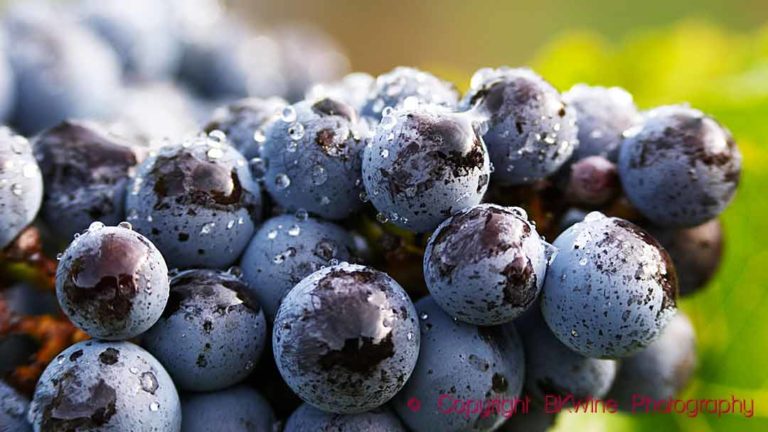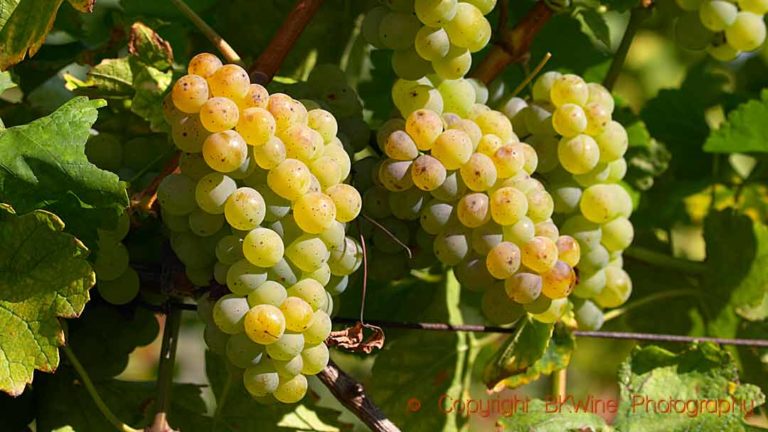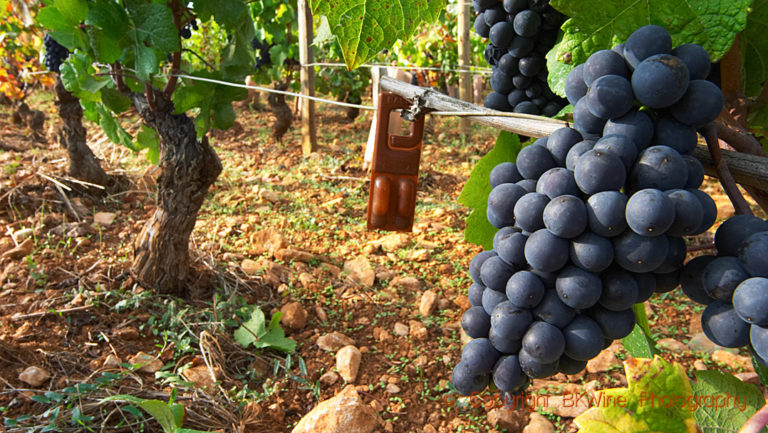No other wine region on the planet draws as much attention or visitors as Napa Valley. It is visited by some five million people every year, making it the second most visited tourist destination in California (Disneyland is number 1). Perfect for a day or weekend trip from San Francisco, Napa Valley awards one with beautiful scenery, exceptional wineries and world-renowned wines.
My friends frequently ask me “Which Napa vineyards produce the very best Cabernet Sauvignon wines?” This isn’t an easy question to answer as there are so many exceptional vineyards, talented winemakers and different microclimates in Napa. My favorite American Viticultural Area is St. Helena (one of fourteen AVAs within Napa Valley). So, let’s go to St. Helena as a starting point on your exploration of this much revered wine region.
This article is written by guest contributor Igor Sill who owns a vineyard in the St Helena region, Sill Family Vineyards. So you will allow him to be understandably in praise of this interesting region.
Napa Valley contains well over 400 wineries, with St. Helena home to some 174 wineries and vineyards welcoming guests with tours, wine education and tasting rooms. While enticing, the sheer number of winery options can be overwhelming. In this article I’ve focused on St. Helena’s particular AVA, whose wineries offer exceptional award winning red wines along with a rich history.
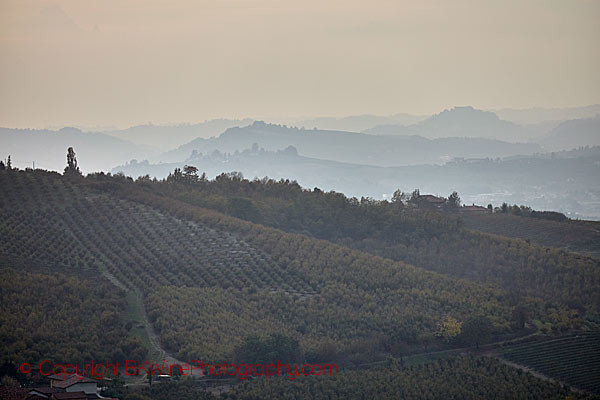
Since acquiring my own St. Helena AVA vineyard some 28 years ago, I’ve taken the opportunity to get acquainted with, tour and taste most of the popular wineries and wines, with numerous repeat visits amongst my favorites.
On long summer afternoons the vineyards of St. Helena delight in the California sunshine, under the watchful eye of Mount Saint Helena from which the town drew its name. The source of the name is evident, but the identity of the person who named it has been variously defined and at times disputed. One authority assigns the honor to Henry Sill and William Taylor while celebrating a party in Sill’s store one evening. A discussion for a town name brought about a consensus by the entire party with the name St. Helena being bestowed, and a subsequent act incorporating the town of St. Helena was approved on March 24, 1876.
St. Helena covers just over 9,000 acres of vineyards that are situated at the narrowest point between the Vaca and Mayacamas mountain ranges. The town and its vineyards are located where the Napa Valley narrows substantially, approximately half a mile wide, increasing the radiated heat from the valley hillsides. The resulting narrow corridor funnels cool evening bay fog and produces wide temperature swings. As a result, it is considered to be the pinnacle of high quality red wine viticulture. St. Helena boasts a unique topography, quite different from the surrounding regions, that creates an optimal microclimate for growing cabernet sauvignon grapes. The exceptional drainage of its gravely volcanic loam soils creates an environment for Cabernet Sauvignon like nowhere else in Napa Valley.
St. Helena’s appellation is considered by many to be the best wine growing region within Napa Valley. These exceptional vintages require the perfect combination of “terroir”, microclimate, barrel aging and winemaker.
You might naturally assume that the north is cooler than the south, but actually, truth is that the valley gets progressively cooler, as it moves south from Mount Saint Helena. Thus, St. Helena vineyards are noticeably warmer than those of its southern neighbors. Cool Pacific breezes coming over the Mayacamas ranges from the west as well as from San Francisco Bay cools the vines in the evenings quickly and deliver exceptionally intense fruit given the long warm days. As the breezes and fog move northerly they gradually surrender their coolness with distance from the Bay and ocean. Napa Valley’s northern most town, Calistoga, is entirely void of the cooling fog and tends to generate a much hotter climate, which have brought many to question its suitability for AVA status.
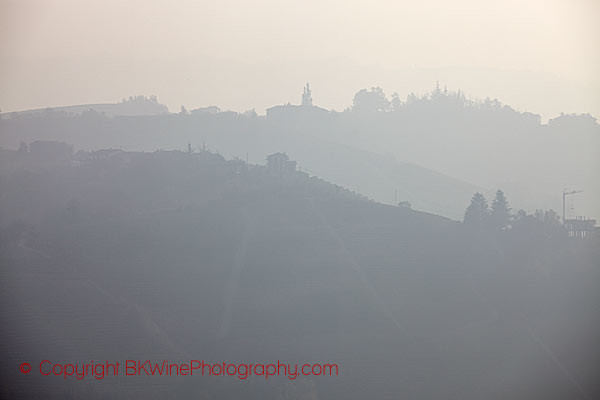
The history of winemaking in St. Helena is legendary. David Fulton planted one of the very first St. Helena vineyards in 1859, followed by Charles Krug opening his winery in 1861, Jacob Beringer in 1876 with the distinction of being on the National Historic Register, and Spottswoode winery, established in 1882 by George Schonewald. Into the valley’s funnel are squeezed a host of other prestigious wineries, among them Duckhorn, Joseph Phelps, Markham, St Clement and V. Sattui.
Some of the highest wine critic ratings cite St. Helena producer’s as the very best wines based on awards at prestigious wine competitions, along with ratings from publications such as The Wine Advocate, Wine Spectator and Wine Enthusiast. The area’s wines continually rank among Napa Valley’s very best. And, that’s why St. Helena has become the cultural, social heartbeat of the Napa Valley and my “go to” favorite for Cabernet Sauvignon. Enjoy.
Igor Sill, guest contributor, owns the Sill Family Vineyards in St Helena, Napa, California. He’s a passionate wine lover, collector, author, certified Court of Master Sommeliers, member of the Napa Valley Wine Technical Group, and judge in the International Wine Challenge.
Ed’s note: the pictures are not from St Helena unfortunately.


